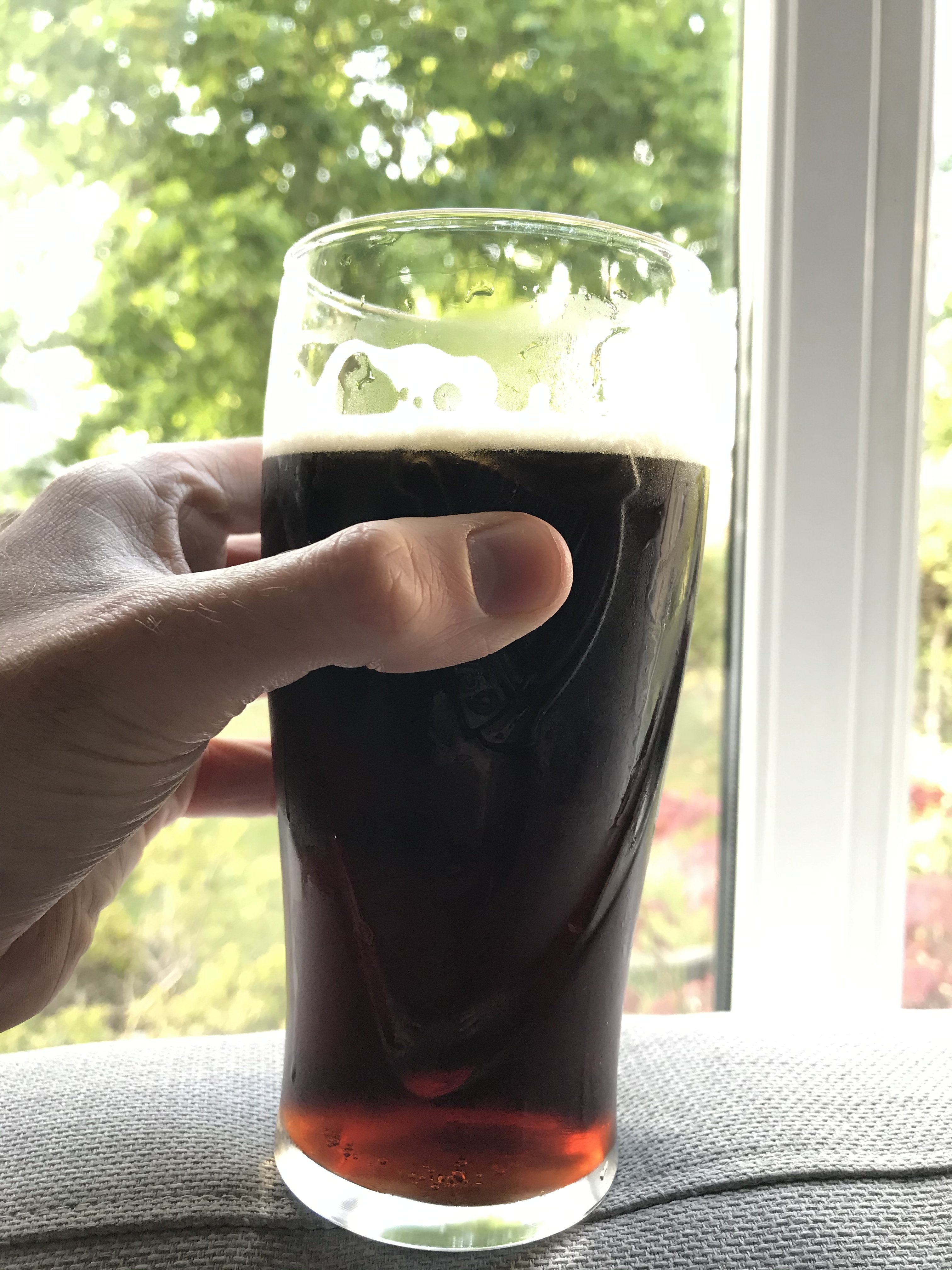Minha casa Irish Red Ale. É melhor depois de 4 meses de envelhecimento, então eu preparo lotes de 10 galões e preparo novamente quando o primeiro barril chuta. A chave para este estilo é o malte avançado, mas com um final torrado e seco. O sabor do lúpulo é quase imperceptível e não há aroma de lúpulo. Se você puder lager, melhor ainda, use um fermento lager limpo (por exemplo, WLP840, WLP833). Eu só faço cervejas, então eu lanço Wyeast 1272 e fermento na extremidade inferior da faixa para suprimir a produção de éster. A Wyeast 1272 American Ale II é uma levedura ale agradável e limpa que acentua o caráter do malte. WLP051 é um substituto exato para esta levedura (é a cepa Anchor Liberty). Se você usar fermento seco, Nottingham ou US-05 funcionará bem para este estilo, mas se usar o seco, recomendo aumentar a temperatura do mosto para 152 * F.
Este estilo deve ser cristalino no vidro e brilhar vermelho rubi quando exposto a uma luz. Se você engarrafar, recomendo duas semanas secundárias, seguidas de colocar um pouco de fermento inglês como meio pacote de S-04 no balde de engarrafamento para que a cerveja termine bem e clara na garrafa.
Conta de malte para 10 galões:
12# Maris Otter (70%)
4# Viena (24%)
12 onças cevada torrada britânica 500L (4%)
6oz Cristal 120L (2%)
Mash 150 * F por 75 min.
Hop Bill para 10 galões:
2 onças 4,5% AA Fuggles (75 min)
1 oz 5,0% AA Goldings (15 min)
Versão do extrato (para 5 galões):
4# DME Leve
2# Munique LME
5 onças de cevada torrada, em infusão por 20 min a 155*F
2,5 oz C120L, em infusão 20 min @155*F






